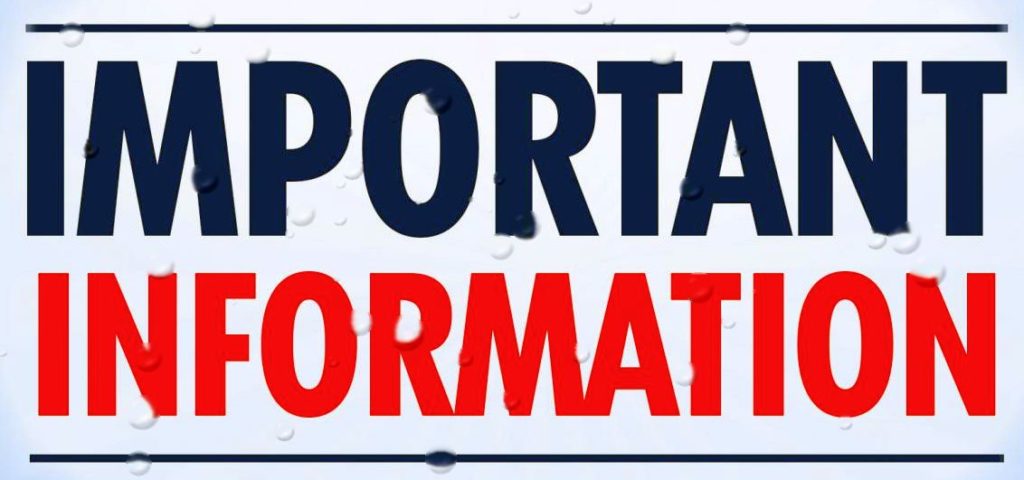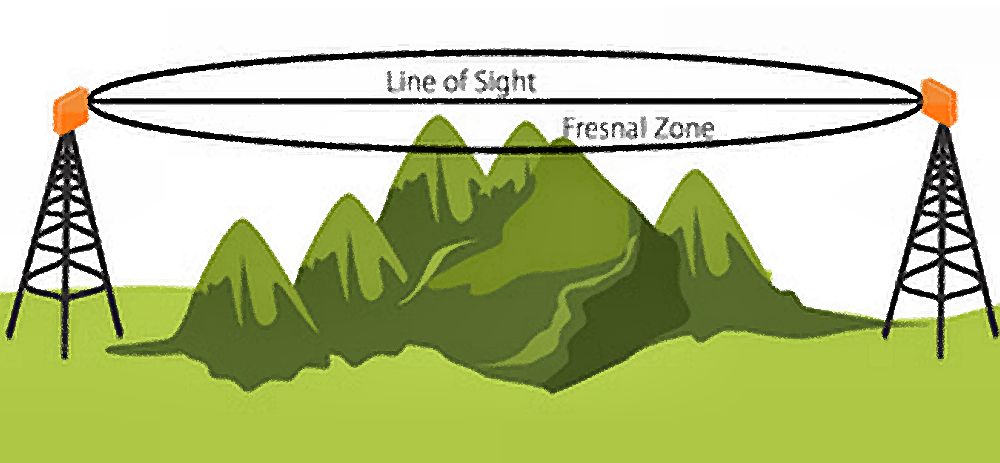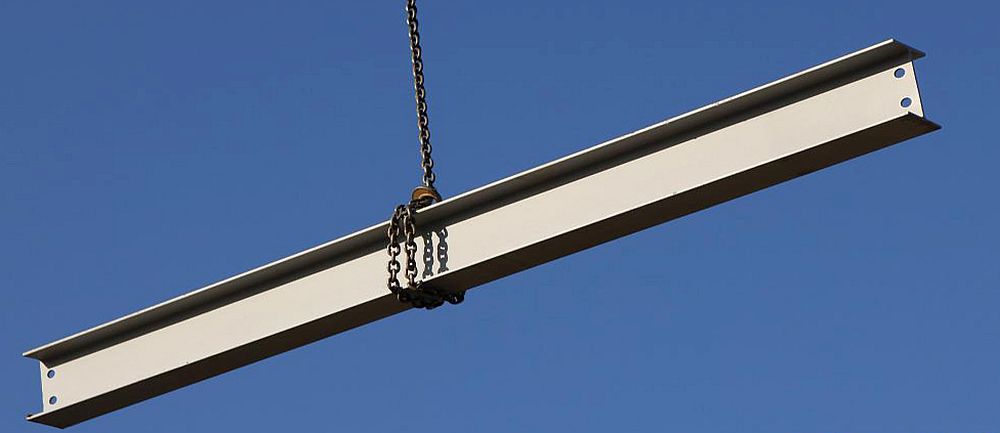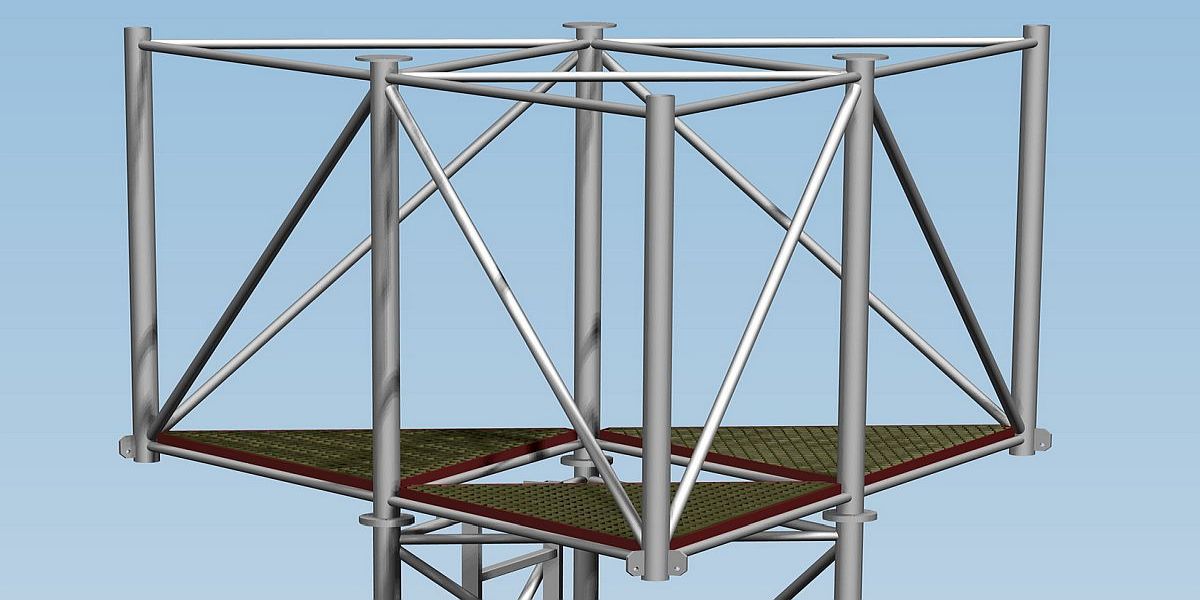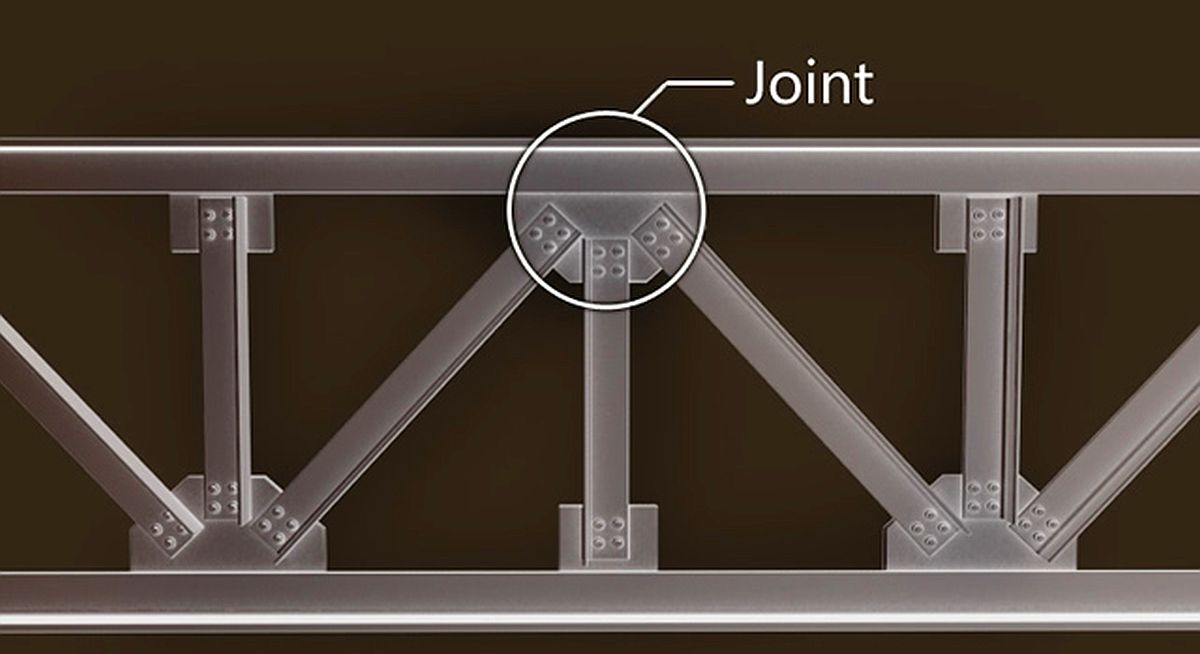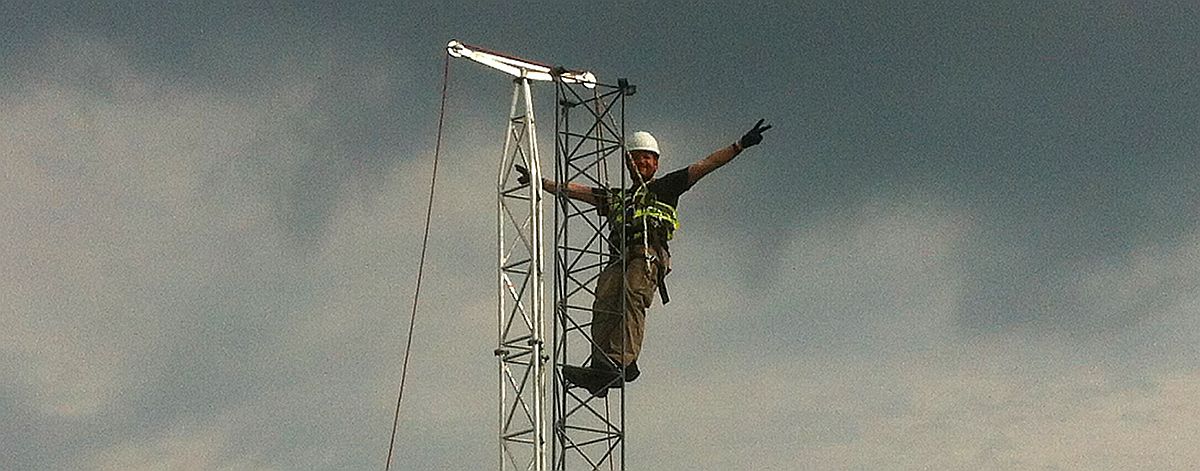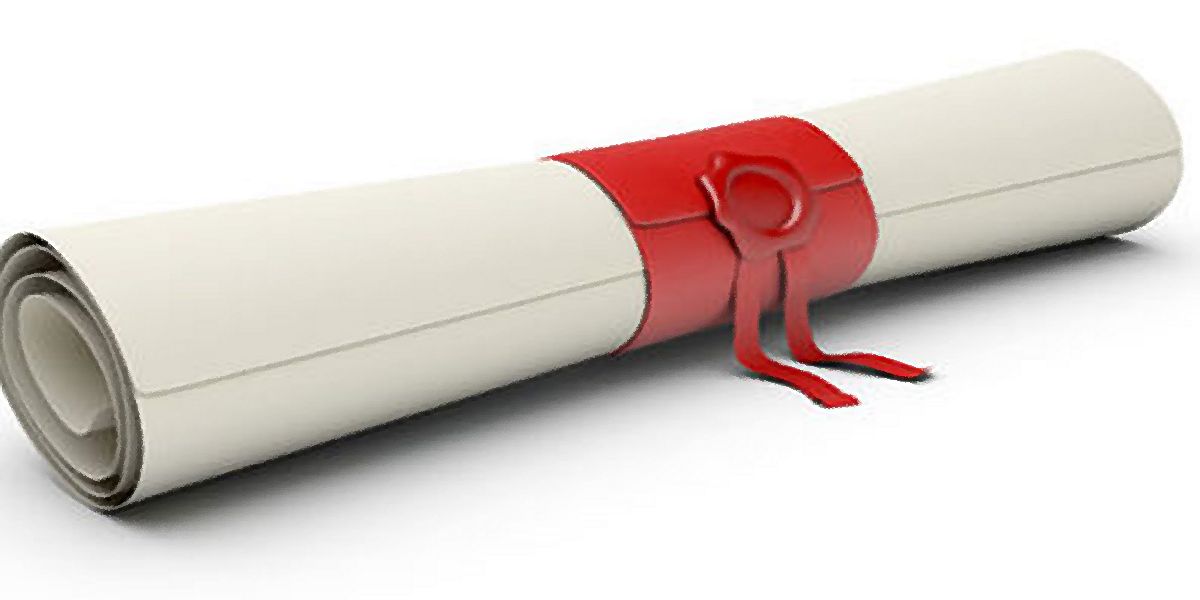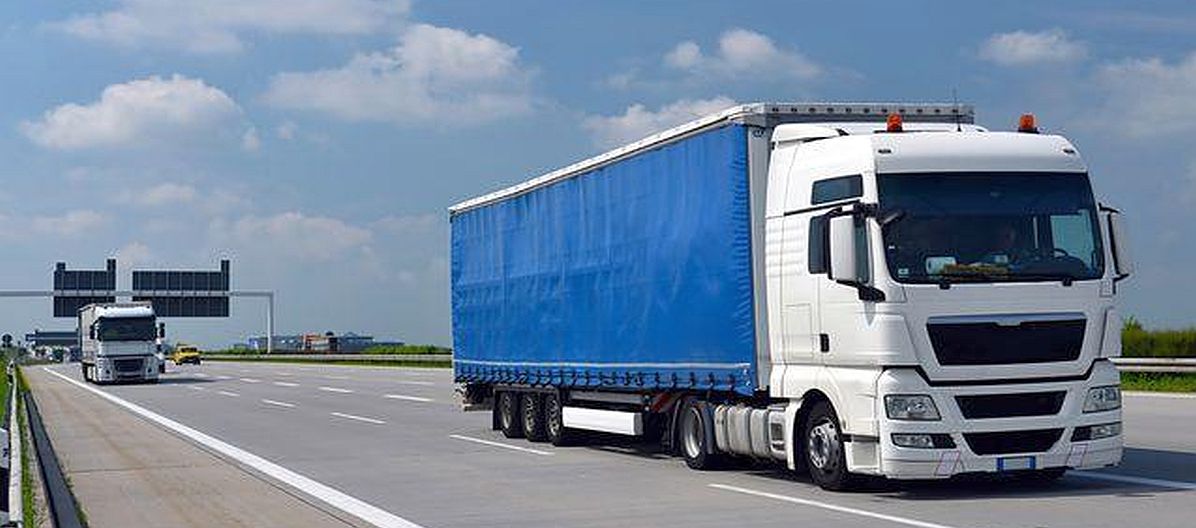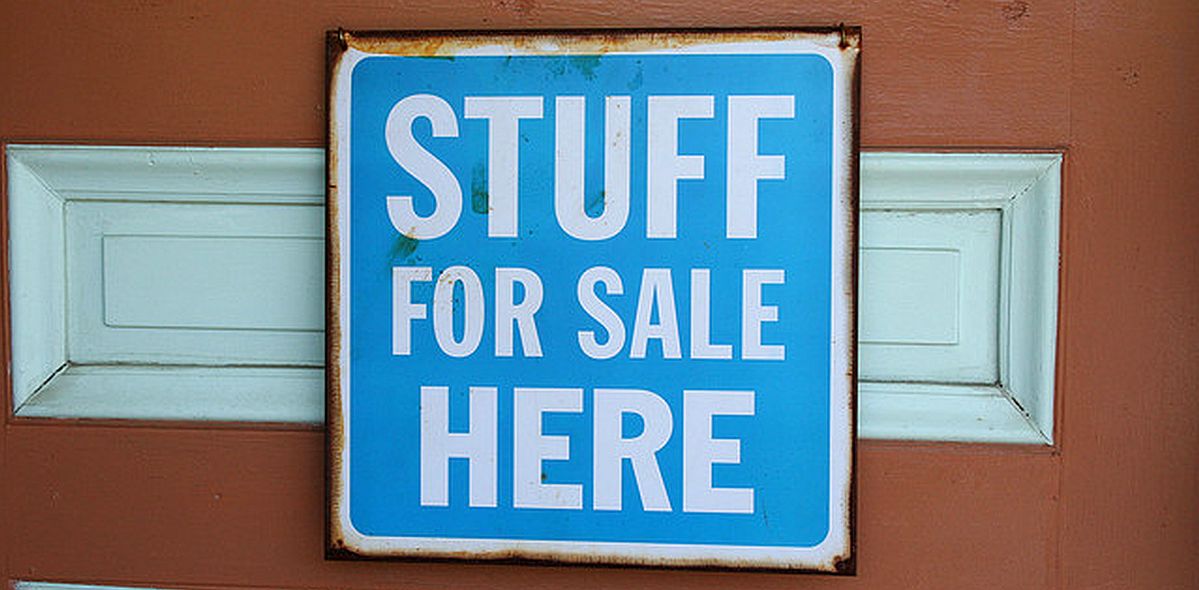Main difference between towers and masts is comfort of use and amount of space needed for installation. There is an economy to consider as well. In general towers are more expensive than masts at the same height, but take up much more space. So decision here is: do I buy/rent more land and save on the construction (cheper mast) or do I buy more expensive tower and save on parcel size.
Some other factor is service cost. Masts need much more attention – frequent servicing is advised, guy wires tension must be regulated, u-bolts changed, and finally if something goes really bad – the chance is that mast will fall down. Towers are less human dependent. We check bolts once in couple of years and see if welds are still okay and that’s it. It’s rather unusual for the tower to fall down even if badly injured.
Towers (especially T1000 series with internal ladder) are quite comfy to use. Range of additions like safety platforms, outer platforms make service people life on the tower even nicer. This is not the case with masts, especially other than M1000.
The final word here is about nature. In some regions (eg in Germany) you cannot use guy wired constructions due to risk for birds. Then tower might be the only possibility.



